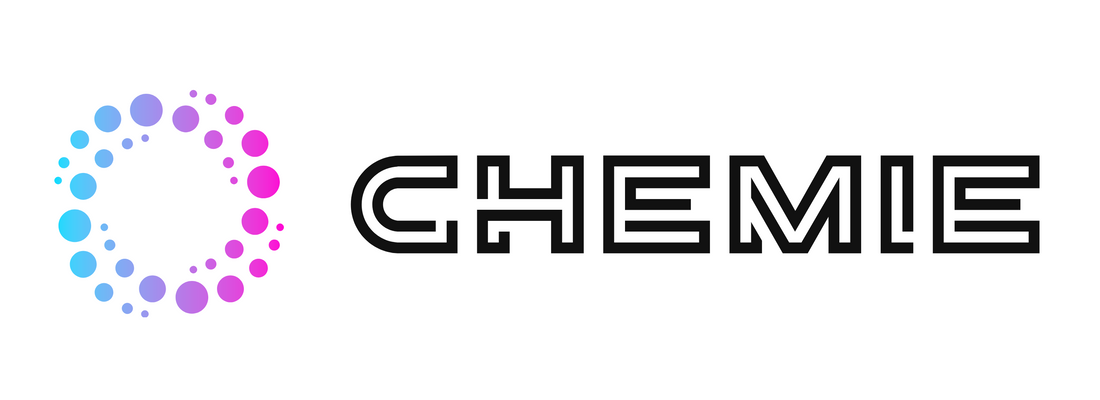The Of Chemie
Wiki Article
Indicators on Chemie You Need To Know
Table of ContentsNot known Incorrect Statements About Chemie The Best Strategy To Use For ChemieChemie - An OverviewNot known Incorrect Statements About Chemie Chemie Can Be Fun For AnyoneChemie Things To Know Before You Get This
By Bojanna Shantheyanda, Sreya Dutta, Kevin Coscia and David SchiemerDynalene, Inc. Liquid air conditioning, which can be achieved making use of indirect or straight ways, is made use of in electronic devices applications having thermal power densities that may exceed safe dissipation via air cooling. Indirect fluid air conditioning is where heat dissipating electronic parts are literally separated from the liquid coolant, whereas in case of straight air conditioning, the parts are in straight call with the coolant.In indirect cooling applications the electric conductivity can be important if there are leaks and/or splilling of the liquids onto the electronics. In the indirect air conditioning applications where water based liquids with deterioration inhibitors are usually used, the electrical conductivity of the fluid coolant mainly depends upon the ion concentration in the fluid stream.
The boost in the ion concentration in a closed loop fluid stream might take place because of ion seeping from metals and nonmetal components that the coolant liquid is in contact with. Throughout operation, the electric conductivity of the liquid might raise to a degree which can be damaging for the air conditioning system.
The 7-Minute Rule for Chemie
(https://experiment.com/users/chemie999)They are grain like polymers that are capable of trading ions with ions in an option that it is in call with. In the existing work, ion leaching tests were performed with different steels and polymers in both ultrapure deionized (DI) water, i.e. water which is treated to the highest degree of purity, and low electric conductive ethylene glycol/water blend, with the measured modification in conductivity reported over time.
The examples were permitted to equilibrate at area temperature level for two days prior to tape-recording the initial electric conductivity. In all examinations reported in this research study liquid electric conductivity was measured to an accuracy of 1% utilizing an Oakton disadvantage 510/CON 6 collection meter which was adjusted before each measurement.
The Best Strategy To Use For Chemie
from the wall heating coils to the center of the furnace. The PTFE example containers were put in the heating system when steady state temperature levels were gotten to. The test setup was removed from the heater every 168 hours (7 days), cooled to space temperature level with the electrical conductivity of the fluid measured.The electrical conductivity of the liquid sample was kept track of for a total of 5000 hours (208 days). Schematic of the indirect shut loop cooling down experiment set up. Components utilized in the indirect closed loophole cooling down experiment that are in call with the fluid coolant.

Some Known Details About Chemie
The modification in liquid electrical conductivity was kept track of for 136 hours. The fluid from the system was collected and kept.
0.1 g of Dowex resin was included to 100g of liquid examples that was taken in a different container. The mixture was mixed and alter in the electrical conductivity at room temperature was determined every hour. The measured change in the electric conductivity of the UP-H2O and EG-LC examination fluids including polymer or metal when involved for 5,000 hours at 80C is shown Figure 3.
Chemie - An Overview
Ion seeping experiment: Measured modification in electric conductivity of water and EG-LC coolants containing either polymer or metal samples when immersed for 5,000 hours at 80C. The results suggest that steels contributed fewer ions into the liquids than plastics in both UP-H2O and EG-LC based coolants.Fluids containing polypropylene and HDPE exhibited the most affordable electric conductivity changes. This can be as a result of the brief, stiff, direct chains which are much less likely to add ions than longer branched chains with weaker intermolecular pressures. Silicone likewise executed well in both examination fluids, as polysiloxanes are typically chemically inert because of the high bond power of the silicon-oxygen bond which would certainly protect against deterioration of the material right into the fluid.
The 45-Second Trick For Chemie
It would certainly be anticipated that PVC would certainly produce comparable results to those of PTFE and HDPE based on the comparable chemical frameworks of the products, nonetheless there might be various other contaminations existing in the PVC, such as plasticizers, that might influence the electric conductivity of the fluid - high temperature thermal fluid. Furthermore, chloride teams in PVC can additionally seep into the test fluid and can cause a rise in electric conductivityBuna-N rubber and polyurethane showed indicators of destruction and thermal disintegration which recommends that their feasible energy as a gasket or glue material at greater temperatures could cause application problems. Polyurethane totally degenerated right into the examination fluid by the end of 5000 hour test. Number 4. Prior to and after pictures of steel and polymer samples submersed for 5,000 hours at 80C in the ion leaching experiment.
Measured modification in the electric conductivity of UP-H2O coolant as a feature of time with and without resin cartridge in the shut indirect air conditioning loophole experiment. The gauged adjustment in electrical conductivity of the UP-H2O for 136 hours with and without ion exchange resin in the loop is received Figure 5.
Report this wiki page